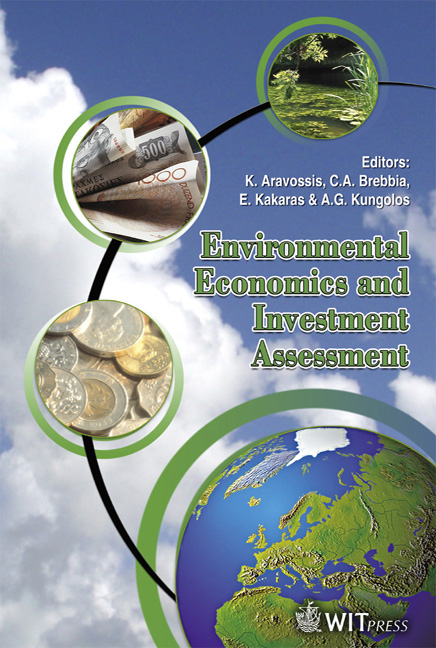Cost-benefit Analysis: Applications To Restoration Of Rivers
Price
Free (open access)
Transaction
Volume
98
Pages
10
Published
2006
Size
336 kb
Paper DOI
10.2495/EEIA060221
Copyright
WIT Press
Author(s)
F. J. Hitzhusen
Abstract
This paper draws on the author’s 30+ years of experience teaching and applying cost-benefit analysis. For the past nine years he has also directed a large research program at The Ohio State University to develop estimates of the benefits and costs of various water quality, infrastructure, scenic and historic river corridor impacts and improvements as a guide to investment planning and public policy on river and related watershed restoration. The research is focused on the evaluation of eight rivers in the Great Lakes region of the United States and involves a team of environmental economists, an ecological engineer and two aquatic biologists. When the various river corridor benefits or values broadly conceived are expressed in a common economic metric and compared to their full economic costs, one has a basis for assessing river corridors in an investment planning, economic development, welfare economic and public policy context. Keywords: cost-benefit, river restoration, water quality, infrastructure, investment planning. 1 Introduction Prest and Turney have described cost-benefit analysis (CBA) as a practical way of assessing the desirability of public projects where both a long and wide view are important i.e., all relevant costs and benefits over the full life of the project are considered. Others (see Burkhead and Miner [4]) have viewed CBA as the operational side of fiscal theory concerned with quantifying and evaluating public output for more \“rational” public investment planning and decision making. A major subset of CBA is the valuation of non-market benefits and costs, particularly relating to natural resource projects and environmental impacts. Although consensus on the underlying theory is strong (Dasgupta and Pearce [6]), many practical problems and pressures have been encountered over the history of CBA and its applications (see Hitzhusen [10, 11]).
Keywords
cost-benefit, river restoration, water quality, infrastructure, investment planning.





